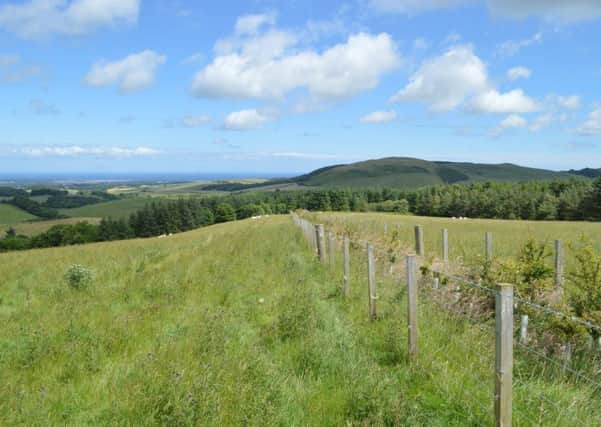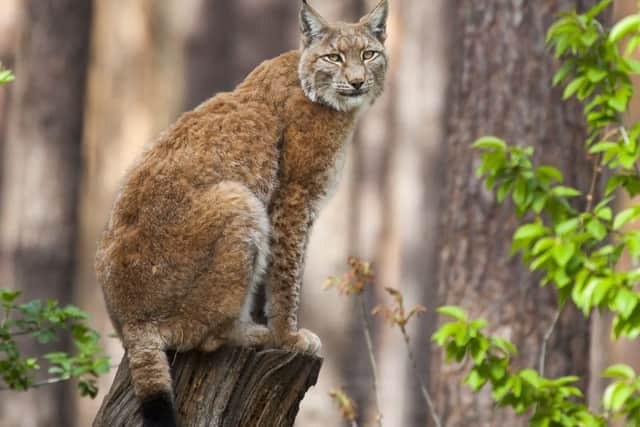We need to be sure of the lynx effect


At August’s BBC Countryfile Live rewilding debate, environmental activist George Monbiot said hundreds of farmers managing land for hundreds of years had caused huge damage to the British countryside, the uplands being “comprehensively sheep wrecked”. To him, rewilding means “mass restoration of ecosystems and the reintroduction of missing species”. Lynx are well at the forefront of that movement.
A crucial factor is whether the countryside is to be a place for the production of food, a workplace, a managed landscape – or whether we should allow nature, underpinned by management, to reinvigorate where the conditions are right and to unravel centuries of man’s influence. Indeed, much of the countryside must today bear scant resemblance to that of 1,000 years ago. Farming, forestry, population, depopulation, land management, technology, climate change and renewable energy have all impacted. It would always be contentious to suggest winding back the clock and reintroducing a species that died out in the UK before the Norman Conquest.
Advertisement
Hide AdAdvertisement
Hide AdThe Eurasian Lynx is a stunning animal, found across much of Europe – an alpha predator. A major argument proposed for its reintroduction is its appetite for deer and that it would act as a natural control against an increasing roe deer population. It has also been argued that a reintroduction would bring economic benefits to release areas.


The Game & Wildlife Conservation Trust sees that there is room to accommodate multiple management objectives across the landscape, and species reintroductions and rewilding can certainly be part of that picture. But, rewilding isn’t simply a case of walking away and leaving nature to take its course; it requires heavy human intervention and a thorough, effective, workable management plan. And when it comes specifically to the proposal to reintroduce lynx, we do feel that a huge body of research is required before any release and, for such an animal, multiple trials over a long period. We need to be sure about the impact on existing conservation projects, conservation of other species and on existing land use. People need to be convinced.
The lynx is an animal of the woodland and the woodland fringe – an ambush predator that attacks from cover. Work by the Norwegian Institute for Nature Research has shown that the risk to sheep is negligible when grazed in fenced fields or on the open hill. However, where sheep have access to woodland and the roe deer density is low, a high proportion of the diet of the lynx would be sheep.
As ever there are pros and cons. What is good for red squirrel is not necessarily good for black grouse, and when it comes to promoting arguments in favour of food and farming versus conservation we must tread carefully. Increased conservation through farming is a vital element of what we espouse, striking the balance, with food production and wildlife in harmony. Subsidy plays a part in this, and how that will be delivered post 2021 is once again cast in uncertainty, but we will be pushing hard for continuing conservation measures that allow farmers to farm while also promoting habitat for game and wildlife.
As for lynx, claims that there is significant economic benefit to be gained from an animal that is mainly nocturnal with an extensive range and that will never, if ever, be seen by the public need to be supported. The possibility of reducing crop and forestry damage by deer is not sufficient justification.


Monitoring of a long-absent predator species will be a challenge and must include the monitoring of other key species that may be affected, positively or negatively. There must be a clear exit strategy laid down at the outset. Realism must prevail over romance. Prevarication is not an option, and the animal’s status in law must be absolutely clear.
Rewilding is a long process. It is not a case of flicking a switch. Right now for the lynx, the stakes – for vulnerable species, for stakeholders, and indeed for the welfare of the lynx – may simply be rather high.
Adam Smith, Director Scotland, Game & Wildlife Conservation Trust, www.gwct.org.uk